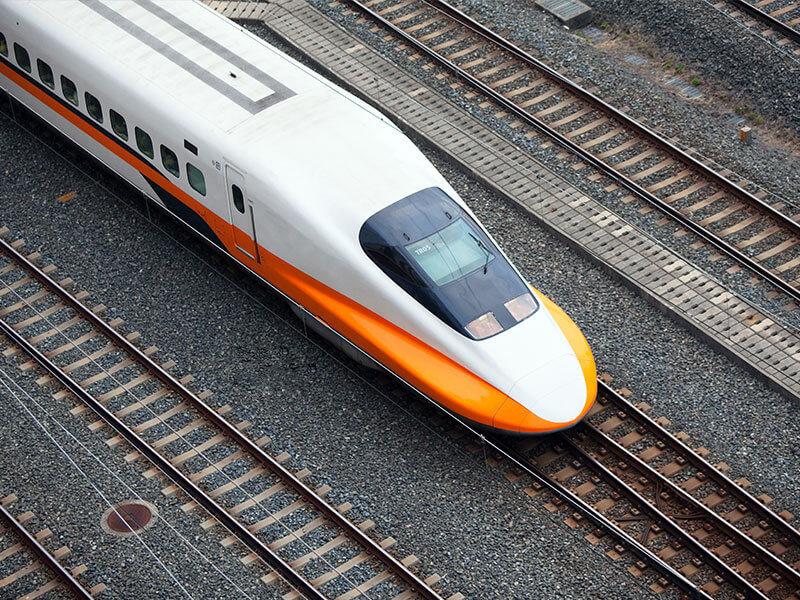One of the surprises of the Vertiv Most Critical Industries report was the inclusion of Smart Cities.
Smart Cities ranked seventh in the list, behind the Defense industry, which ranked sixth and Cloud and Colocation, which ranked fifth.
It’s easy to make the case for the criticality of those industries, and others in the report, such as Utilities, Telecommunications and Mass Transit. They provide services we depend on everyday and many of us have experienced the impact of a disruption in those services first hand.
But Smart Cities is still such a new concept that many people have trouble accurately defining what the term means, let alone accepting that it is one of the world’s seven most critical industries.
For the record, we defined Smart Cities as “an urban development vision to integrate multiple information and communication technology (ICT) and Internet of Things (IoT) solutions in a secure fashion to manage a city’s assets, including local departments’ information systems, schools, libraries, transportation systems, hospitals, power plants, water supply networks, waste management, law enforcement, and other community services.”
That definition gives you some insight into the breadth of Smart Cities potential impact—it integrates and adds intelligence to many of the services and systems that make modern life possible.
But, still, the question remains, is Smart Cities too early in its development to be considered a critical industry? Perhaps. But the more you learn about Smart Cities, the more you realize how quickly it is advancing and how important it is becoming.
In China, our urban population grew by about 320 million people between 2000 and 2015—roughly equivalent to the entire population of the United States. These growing cities need to use technology to deal with the resulting congestion, public safety, sustainability and quality of life issues urbanization creates. Smart Cities represents a multi-faceted solution capable of addressing all of these issues.
And, development is happening quickly. Asia, China, Korea and Japan are moving aggressively to deploy Smart Cities technology, leveraging a robust wireless infrastructure and government-industry partnerships to implement smart lighting, metering, building, renewable energy and catastrophe management programs.
Japan, for example, has recently launched a smart catastrophe management program which includes an emergency warning system to detect and issue a warning that will alert both the government and citizens of upcoming natural catastrophes and identify high-risk areas to promote quicker response times and more effective resource allocation. In China, more than 500 cities, including 95 percent of provincial capitals and 83 percent of prefecture-level cities, have proposed transitioning into Smart Cities.
Asia may be at the forefront of Smart City development, but growth is not limited to this region. According to a report from the National League of Cities, 66 percent of U.S. cities are currently investing in Smart City technology and 25 percent of those without any Smart City technology are exploring how to implement it.
While you could certainly make the case for any number of industries to displace Smart Cities in the list of Most Critical Industries in 2017, it is certainly not too early to raise issues of criticality in relation to Smart Cities deployments. As the technology evolves, which it is at breakneck speed, the consequences of downtime in Smart Cities’ technology could quickly become as disruptive as other industries ranked ahead of it, such as Mass Transit.
Smart Cities inclusion in the 2017 list of Most Critical Industries, despite its immaturity, is something of a projection based both on the speed of its development and its applicability to a host of services and systems we depend on daily. However, the time to consider the criticality of Smart Cities isn’t in the future when the technology is established. It is now.






